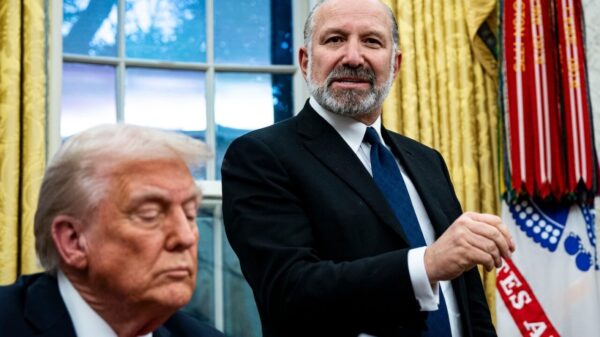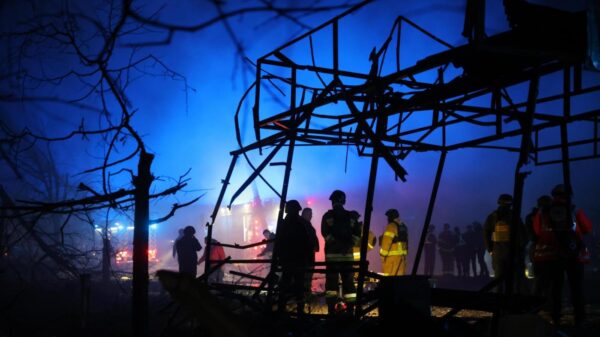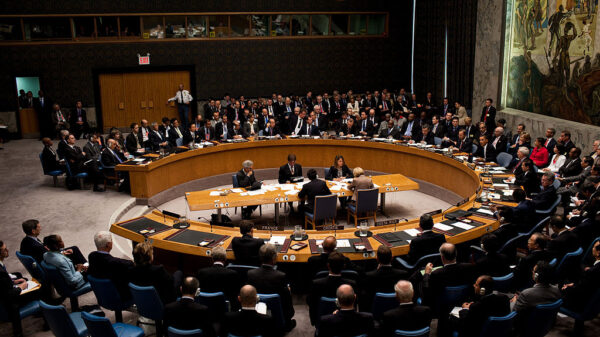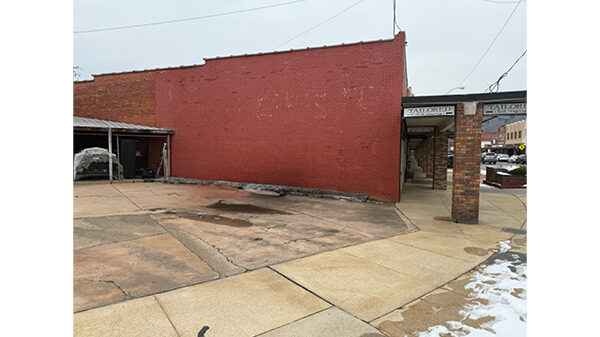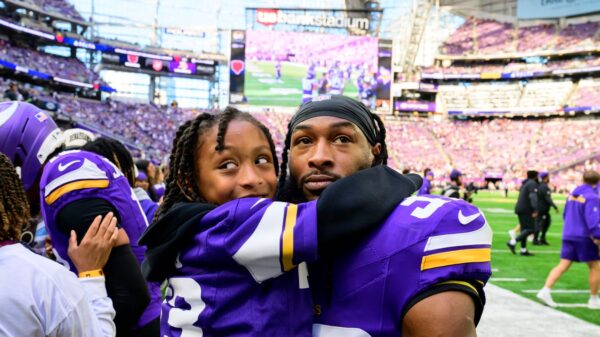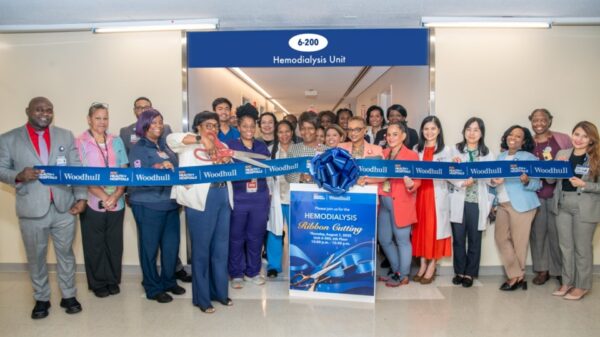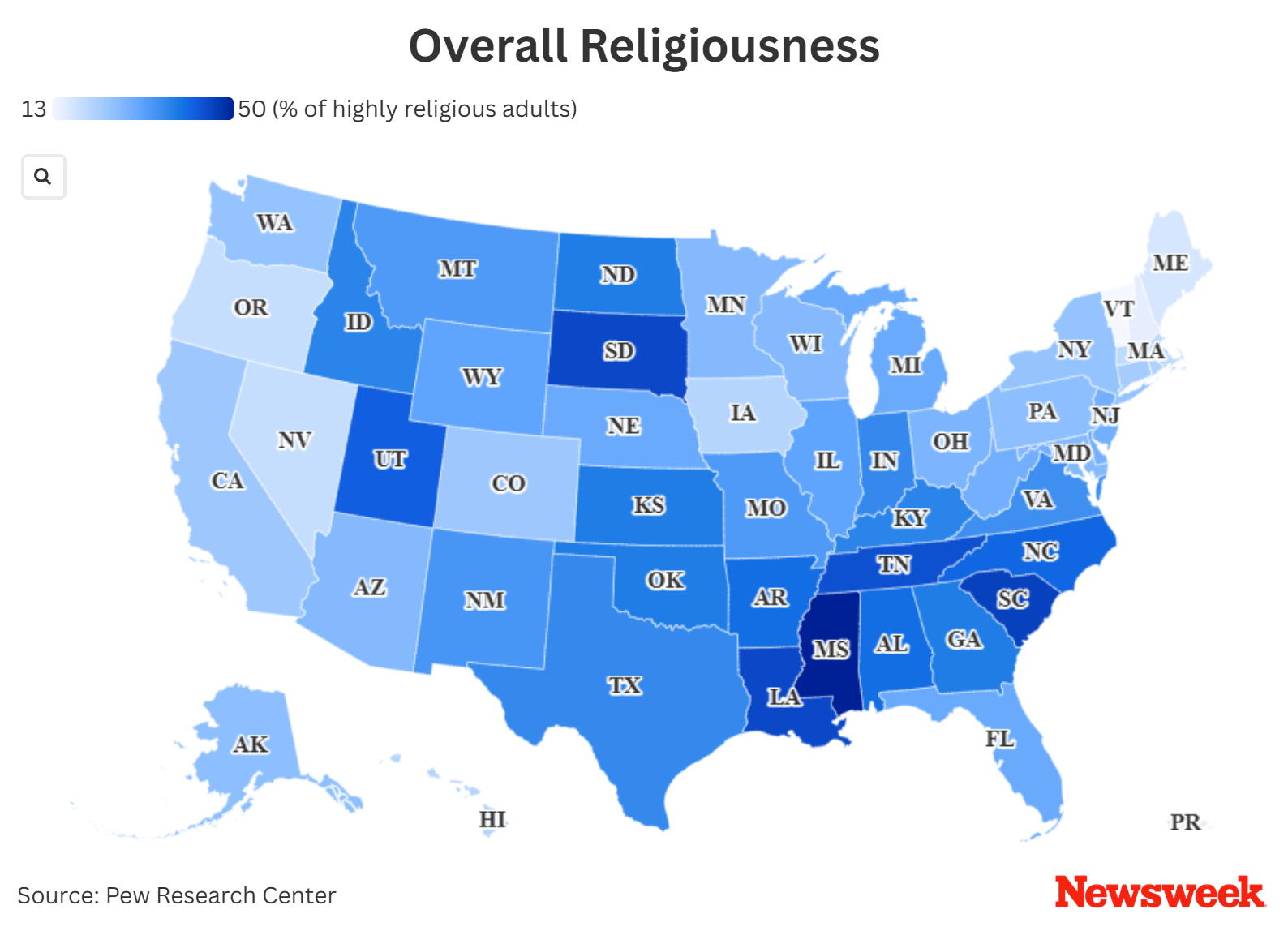BREAKING: The latest findings from the Pew Research Center reveal significant disparities in religious observance across the United States, with Mississippi ranked as the most religious state and Vermont the least. This urgent data, part of the 2023-24 Religious Landscape Study, was just published, highlighting the profound transformation in American religious identity.
Why This Matters: This study is vital as it illuminates how Americans’ relationship with religion is evolving, impacting critical areas such as voting behavior, education, and social services. According to experts, the U.S. is currently experiencing a shift from a predominantly religious society to a more secular one, a trend that has notable implications for future generations.
Key Findings: The report confirms that 50 percent of adults in Mississippi identify as “highly religious,” followed by South Carolina at 46 percent, and both South Dakota and Louisiana at 45 percent. The complete list of the top ten most religious states includes:
1. Mississippi (50%)
2. South Carolina (46%)
3. South Dakota (45%)
4. Louisiana (45%)
5. Tennessee (44%)
6. Utah (42%)
7. North Carolina (41%)
8. Arkansas (40%)
9. Alabama (40%)
10. Kansas (38%)
In stark contrast, Vermont ranks as the least religious state, with only 13 percent of adults classified as “highly religious.” Following Vermont are New Hampshire at 15 percent and Maine at 17 percent. The bottom ten states also include:
1. Vermont (13%)
2. New Hampshire (15%)
3. Maine (17%)
4. District of Columbia (18%)
5. Nevada (19%)
6. Oregon (19%)
7. Massachusetts (20%)
8. Hawaii (21%)
9. Iowa (21%)
10. Rhode Island (22%)
11. Connecticut (23%)
As religious observance declines, the implications for society are profound. Analysis shows a direct correlation between religious attendance and fertility rates. For instance, research indicates that among those attending religious services weekly, fertility rates hover around 2 children per woman, whereas rates for less frequent attendees drop to 1.7 and fall below 1.5 for non-religious individuals.
The data reveals that 54 percent of adults in Mississippi attend religious services at least monthly, compared to only 17 percent in Vermont. These figures underscore the critical role that religion plays in the lives of many Americans, particularly in the South.
Expert Insight: Family sociologist Nicholas H. Wolfinger emphasized the practical impact of religion on life decisions and family dynamics. He stated, “The frequency of attendance matters because the link between religion and fertility is about the practical ways religion impacts people’s lives, not just religion’s ideological values.”
Methodology: The Pew Research Center conducted this comprehensive study between July 17, 2023, and March 4, 2024, surveying a nationally representative sample of 36,908 respondents. The study results carry a margin of error of +/- 0.8 percentage points, providing robust insights into the religious landscape of the nation.
Looking Ahead: As America continues to transition towards secularism, experts predict that these trends will persist. Notably, younger generations are increasingly identifying as non-religious, shaping future societal norms.
The implications of these findings are far-reaching. As demographics shift, particularly with younger, diverse, and less religious populations becoming a larger portion of society, the landscape of American religion may continue to change dramatically.
Stay tuned for updates on this developing story as we track how these trends impact American society. Share your thoughts on social media and join the conversation!



